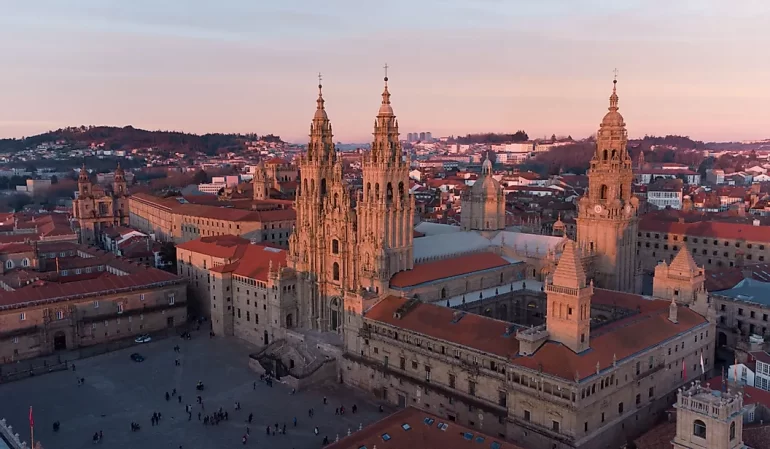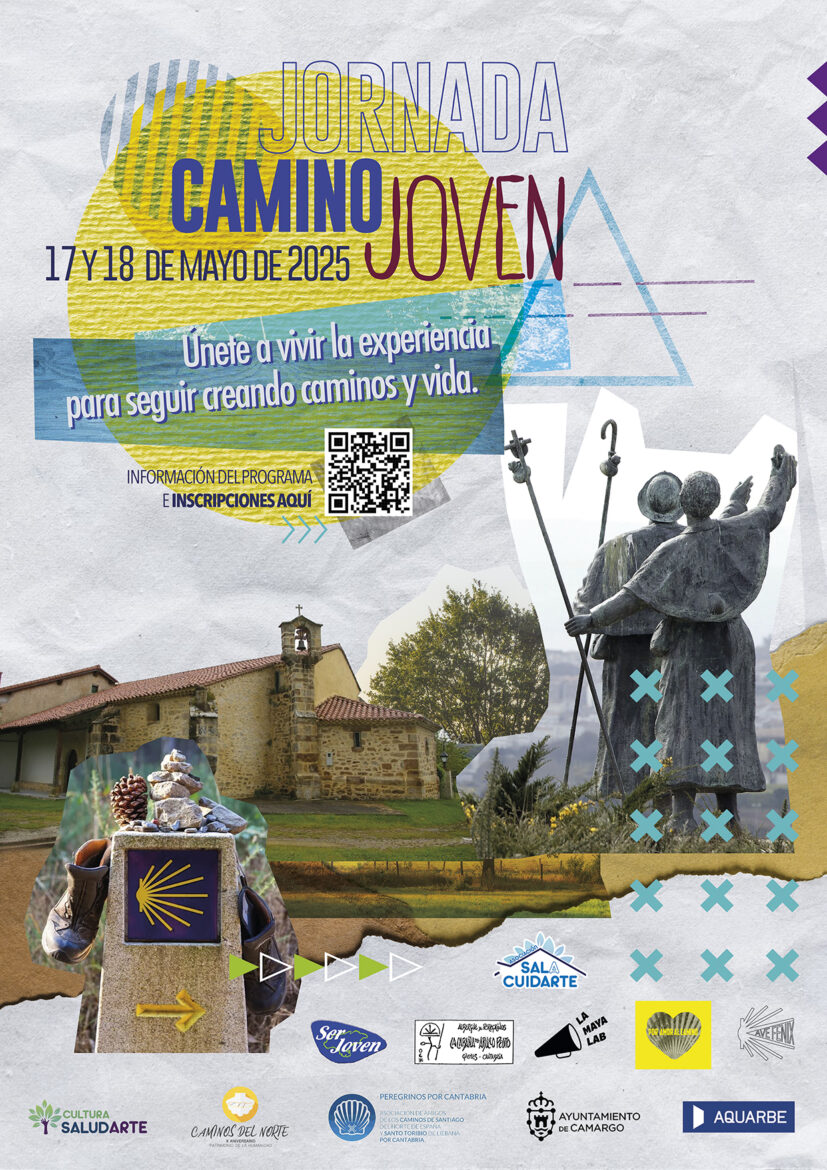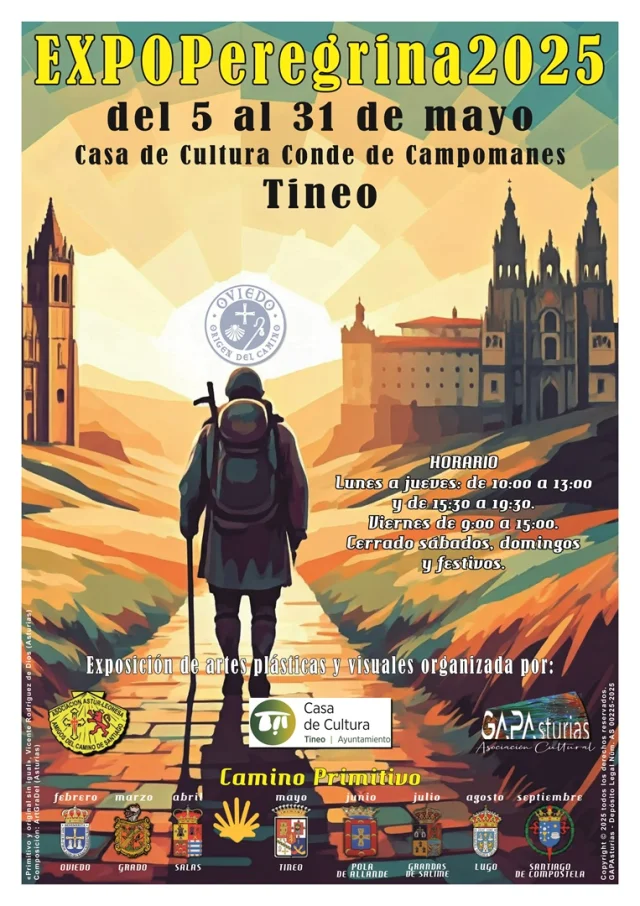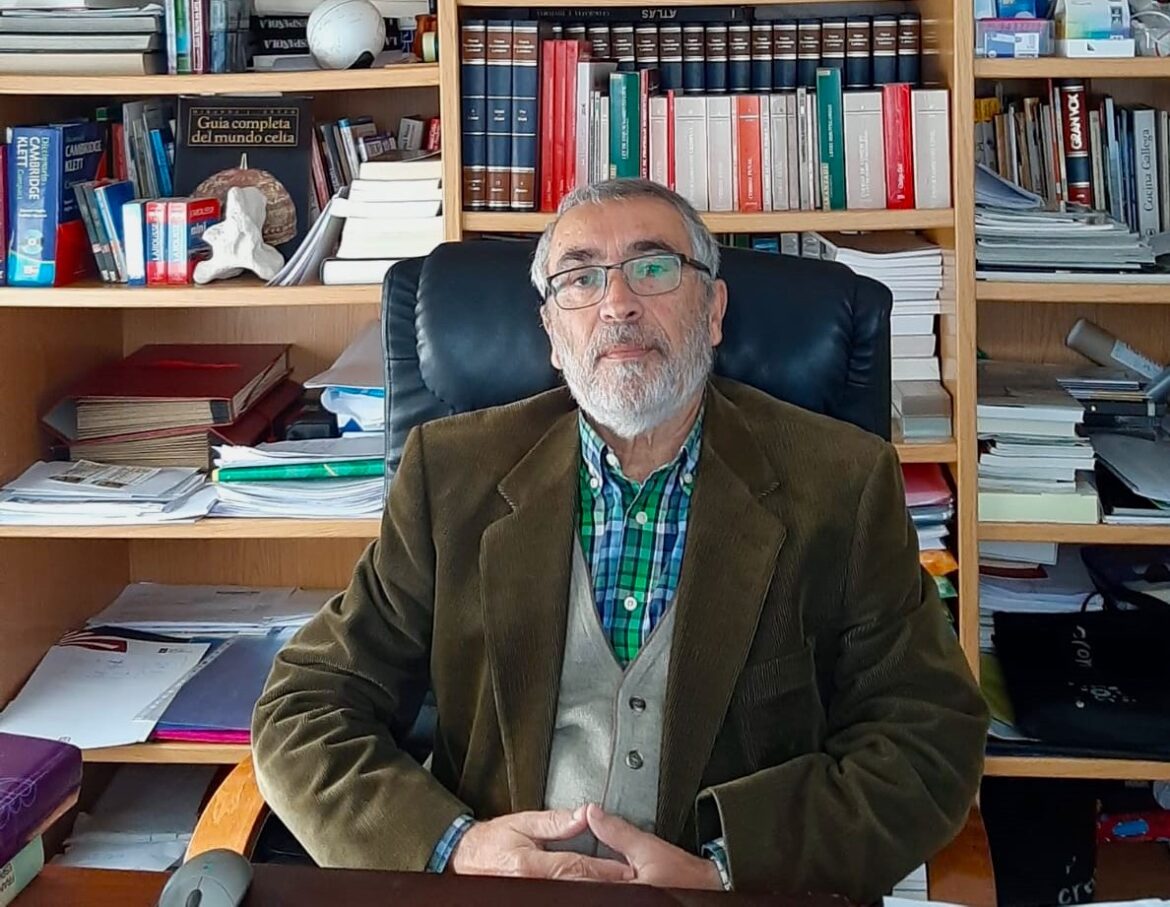History Of The Camino De Santiago
Escrito por Ernesto Diaz el 11 de octubre de 2023
The Camino de Santiago or Way of Saint James, is an umbrella term for a network of pilgrim routes that crisscross through parts of Spain (primarily), France, and Portugal. Regardless of the starting point, the ultimate goal for most who visit here is to reach the Cathedral of Santiago de Compostela, where the remains of Saint James are said to rest. It was the reported discovery of the Apostle’s tomb in the early 9th century that kick-started the popular Christian sojourn, but there are also some precursor paths once used by the Romans and the Celts (Gallaeci) that also played into the Camino’s development. Nowadays, there are more pilgrims than ever choosing to make lengthy journeys across the Iberian Peninsula – some still inspired by the religious elements, others motivated by the cultural, experiential, and/or physical aspects. Allow us to delve deeper into the millennium-spanning events that have shaped the Camino de Santiago. 
Given the nature of religious faith, it is impossible to parse fact from fiction, or allegory from history. In the first decades of the Common Era (Anno Domini), there was an influential rabbi by the name of Jesus. Maybe. And this self-proclaimed son of God had twelve disciples or Apostles. Maybe. After the crucifixion of Christ, one of those Apostles, Saint James (aka St. James the Greater), brought the Word to the pagans and Romans of the Iberian Peninsula. Maybe. And after the patron saint of soon-to-be Spain was martyred in the Holy Land (Jerusalem), in 44 AD, his body was sent back to the furthest reaches of his teachings, which at the time was the end of the known world: Finisterre. Maybe. Some legends even state that his beheaded corpse was sent off in a stone boat with no rudder or sails, guided to shore by a guardian angel, and then pulled by an ox to Iria Flavia, in the modern-day municipality (concelho) of Padrón – just outside of what would become Santiago de Compostela. Again, maybe.
Flash forward nearly eight centuries, to around 814 (or at least sometime between 813 and 830) AD. A hermit by the name of Pelagius (or Paio) was beckoned by mysterious lights (some say stars) to the long-forgotten tomb of Saint James in the middle of a forest. He reported his discovery to the local bishop, Theodomir. After further examination, the remains were determined to be that of Saint James, and two of his followers. News was quickly brought to Alfonso II – King of Asturias and Galicia. The pious ruler then made what many consider to be the first Camino de Santiago pilgrimage – leaving from Oviedo and using a route akin to the current Camino Primitivo (Primitive Way). Alfonso II ordered a small church to be built over the ruins – the magnet for all subsequent pilgrims, and the predecessor to the great cathedral that now stands above Praza do Obradoiro. Because of the story surrounding the hermit’s discovery, the site became known as Campo de Estrellas, or Campus Stellae, meaning «Field of Stars.» This eventually evolved into the city’s current name, Santiago de Compostela.
FUENTE: WORLDATLAS






